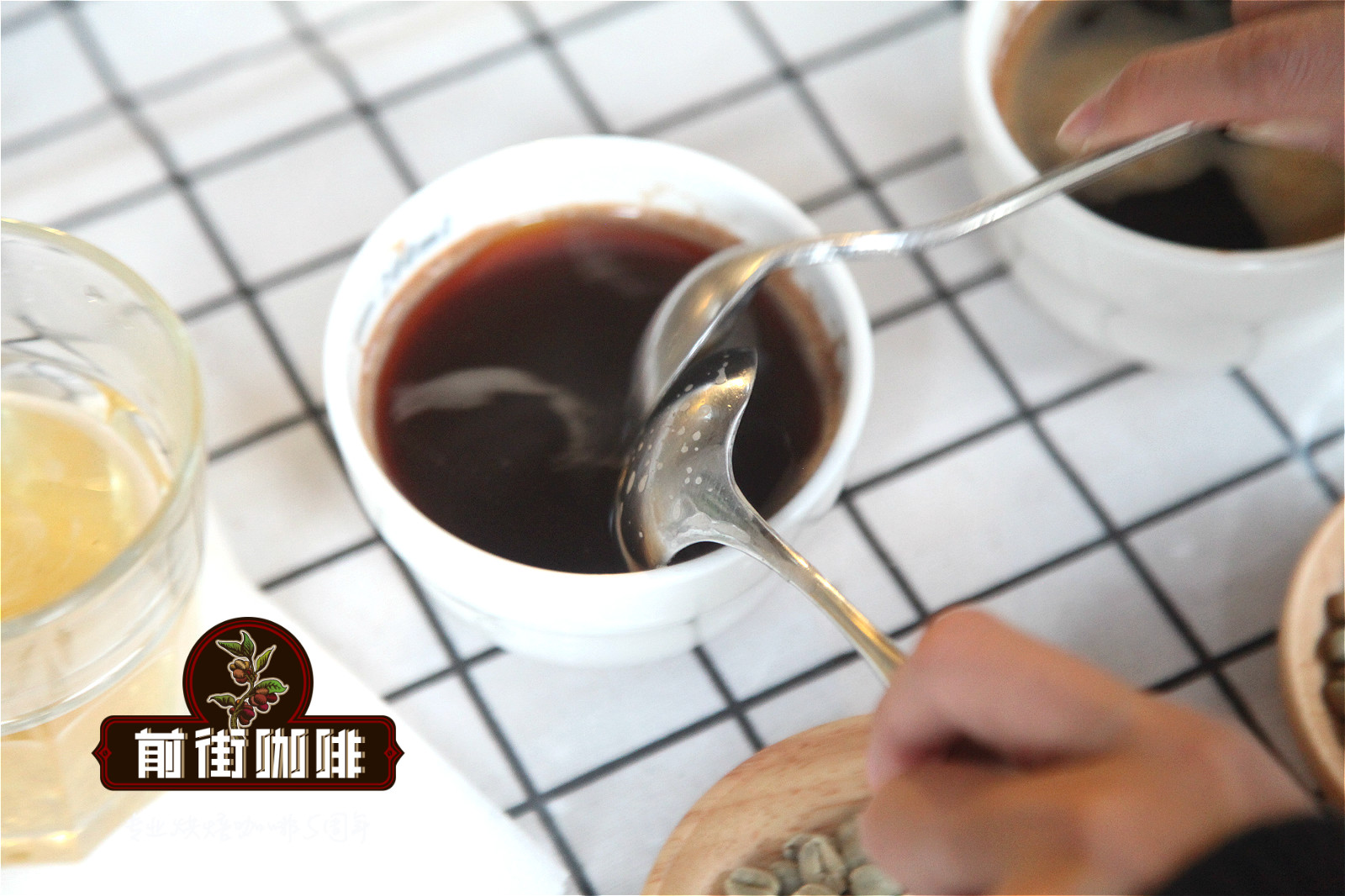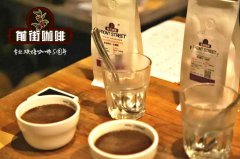Introduction of Songgli treatment Plant and Coffee Bean Flavor in Lumuchia Cooperative of Kenyan Coffee producing area

Professional coffee knowledge exchange more coffee bean information please follow the coffee workshop (Wechat official account cafe_style)
Kenya Nyeri Rumukia FCS Thunguri Factory AA TOP
AA TOP, Songri treatment Plant, Lumuchia Cooperative, Kenya
Flavor description:
After grinding, you can feel the fragrance of flowers, citrus, black tea and blackberries.
With a hint of mint and blackcurrant.
You can feel cranberry juice, orange juice, grapefruit acid,
Blackcurrant, cranberry, with a hint of flowers. The overall flavor is clean and bright.
Kenya, located in East Africa, is one of the major coffee producing countries.
More than 6 million people are engaged in the coffee industry.
Most of them are the combination of small farmers and cooperatives.
Coffee trees in Kenya are mostly planted between 1400 and 2000 meters above sea level.
The growth area includes Ruiri, Thika, Kirinyaga,
Mt. Kenya West, Nyeri, Kiambu and Muranga.
Mainly in the foothills of Mt.Kenya and Aberdare.
There are many producing areas in Kenya that strive to preserve native forest ecosystems.
Protect the natural gene pool and support the reproduction of wild coffee varieties
Breed a variety of coffee trees.
In 1930, cultivated by the "Scott Laboratories" laboratory,
The named Kenyan unique varieties SL28 and SL34 were born in such a good environment.
According to botanists in SL laboratory, SL28 and SL34 are genetic variants.
Among them, SL28 has a mixed pedigree of French missionaries, mocha and Yemeni Tibica.
The goal of cultivating SL28 in the first place
It is hoped that coffee beans with high quality and resistance to diseases and pests can be produced in large quantities.
Although the output of SL28 was not as large as expected later.
But copper leaves and broad bean-shaped beans have a great sweetness.
A sense of balance and complex flavor, as well as significant citrus, black plum characteristics.
While SL34 and SL28 are similar in flavor, except for complex and changeable acid quality.
And great sweetness at the end, the palate is heavier, fuller and cleaner than SL28.
SL34 has French missionaries, bourbon, and more Tibica ancestry.
Dou looks similar to SL28, but is more adaptable to sudden heavy rain.
It is these two important varieties that lead us to the unique Kenyan style:
Intense acidity, full-bodied taste and beautiful balance.
Coffee roasting advice on Qianjie:
Kenya coffee beans have a high hardness, to make it fully stretch, develop the flavor, and to maintain the high quality sour taste of Kenyan AA coffee, roasting can take the operation of "pull acid"-increase firepower in the turning yellow point, let the temperature curve keep steep climbing to increase the fire, promote aroma and explosion, to an explosive dense fire, make "sweetening" operation, develop sweetness, turn off the fire before taxiing to increase the taste and maturity. Using the medium and shallow baking degree, it is recommended that the development of the beans should be about 13 degrees, and the coffee beans are in the stage of the end of the explosion.
Tips on hand punching skills:
V60 filter cup, medium and fine grinding, water powder ratio 1:16, water temperature 8991 ℃
Other cooking suggestions:
Method pressure: medium grinding, ratio of water to powder 1:15, water temperature 88 ~ 90 °C
Siphon kettle: medium and fine grinding, water powder ratio 1:15, water temperature 88 ~ 90 °C
Related recommendation: world Coffee Manor area introduction: detailed introduction of coffee producing country Kenya
Important Notice :
前街咖啡 FrontStreet Coffee has moved to new addredd:
FrontStreet Coffee Address: 315,Donghua East Road,GuangZhou
Tel:020 38364473
- Prev

Kenya Coffee Origin Chania Manor Introduction French Missionary Bourbon Sunburn Flavor Description and Brewing
Professional coffee knowledge exchange More coffee bean information Please pay attention to coffee workshop (Weixin Official Accounts cafe_style)[Kenya Chania Estate French Missionary Bourbon Sun] Country: Kenya Region: Thika Processing Plant: Chania Estates Elevation: 1,525 meters Variety: French Missionary Bourbon Seed Treatment: Sun Treatment
- Next

Kenyan Coffee producing area Burbanken Special Coffee from Elgonne Mountains tastes Kenyan Coffee History
For more information about coffee beans, please follow the Coffee Workshop (Wechat official account cafe_style) A brief history of coffee cultivation in Kenya was first introduced in Bourbon and Kent in India, and later Blue Mountain Tibica varieties were introduced from Jamaica and planted in the Elgonne Mountains. But the famous BlackBerry flavor of Kenyan coffee is not Blue Mountain, Kent or traditional waves.
Related
- Does Rose Summer choose Blue, Green or Red? Detailed explanation of Rose Summer Coffee plots and Classification in Panamanian Jade Manor
- What is the difference between the origin, producing area, processing plant, cooperative and manor of coffee beans?
- How fine does the espresso powder fit? how to grind the espresso?
- Sca coffee roasting degree color card coffee roasting degree 8 roasting color values what do you mean?
- The practice of lattes: how to make lattes at home
- Introduction to Indonesian Fine Coffee beans-- Java Coffee producing area of Indonesian Arabica Coffee
- How much will the flavor of light and medium roasted rose summer be expressed? What baking level is rose summer suitable for?
- Introduction to the characteristics of washing, sun-drying or wet-planing coffee commonly used in Mantenin, Indonesia
- Price characteristics of Arabica Coffee Bean Starbucks introduction to Manning Coffee Bean Taste producing area Variety Manor
- What is the authentic Yega flavor? What are the flavor characteristics of the really excellent Yejasuffi coffee beans?

